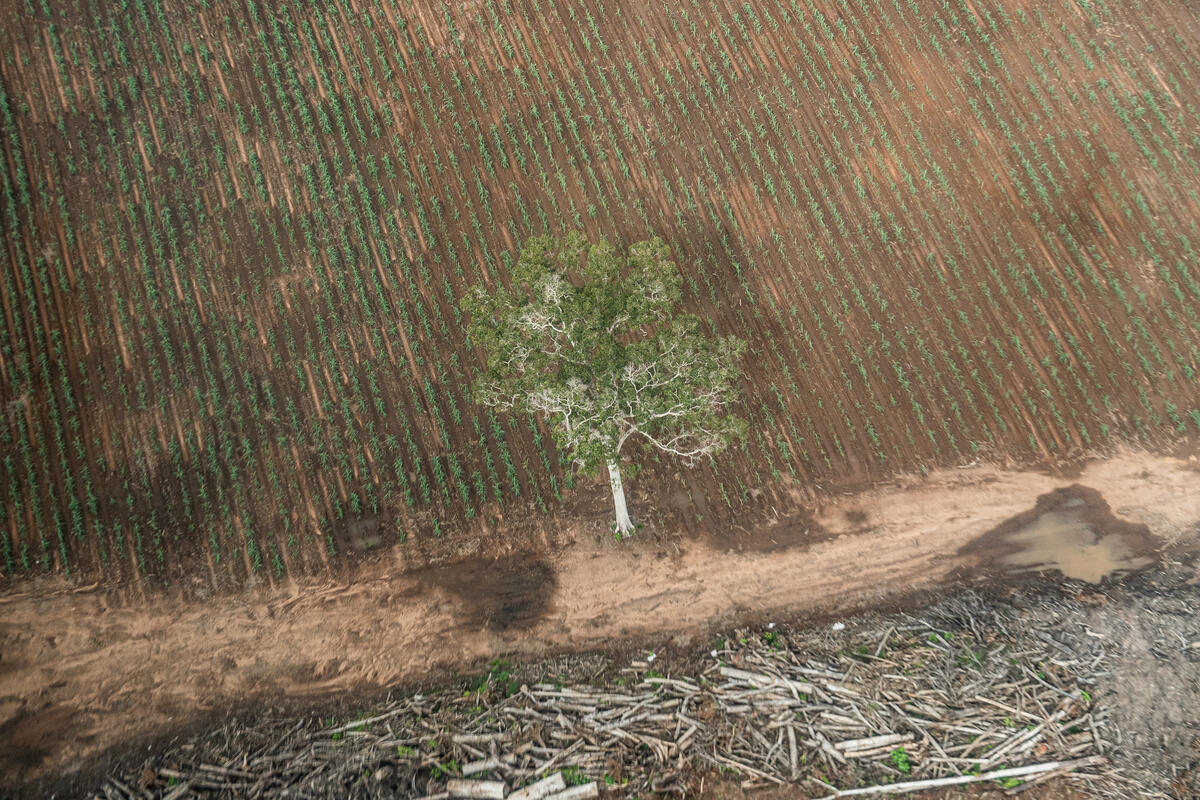Biodiversity: The Wildlife of Indonesia’s Forests
Discover the wonders of Indonesia’s forests with six iconic animals and one huge stinky and parasitic flower and see why preserving these forests is so vital.
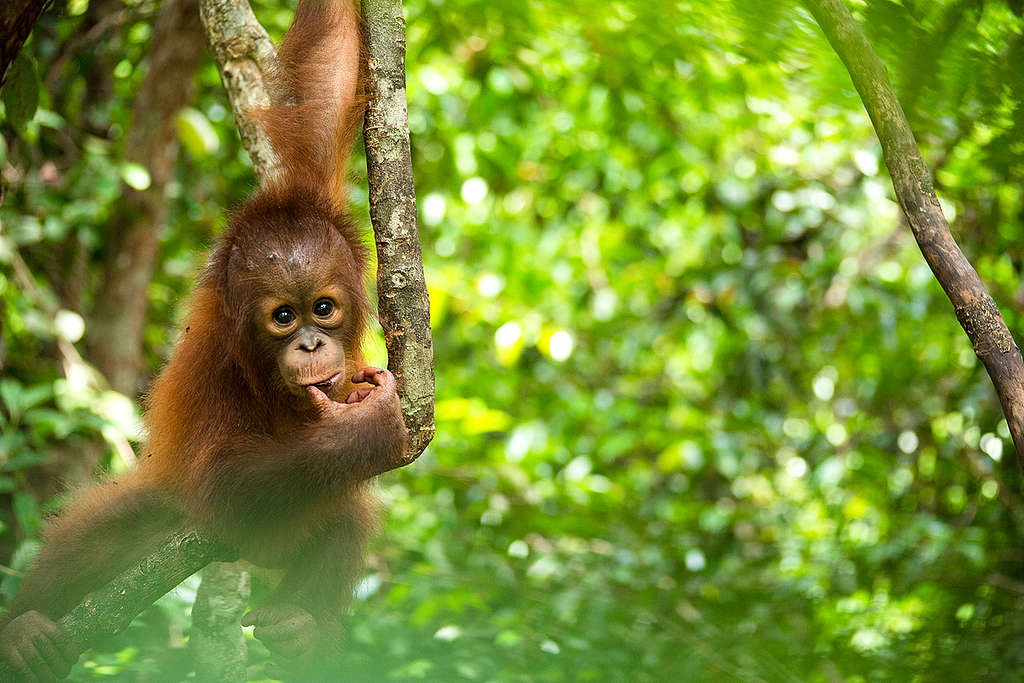
Get to know some of Indonesia’s most iconic creatures
The Wallace Line is an imaginary boundary that runs through Indonesia, separating the distinct wildlife of Asia and Australasia. West of the line, species are typically Asian, including orangutans, tigers and rhinos. East of the line, species resemble those of Australia, such as tree kangaroos and birds of paradise. This biogeographical demarcation highlights the unique evolutionary paths taken by species in the region, showcasing Indonesia’s rich and diverse natural heritage. Let’s meet some of those fascinating species.
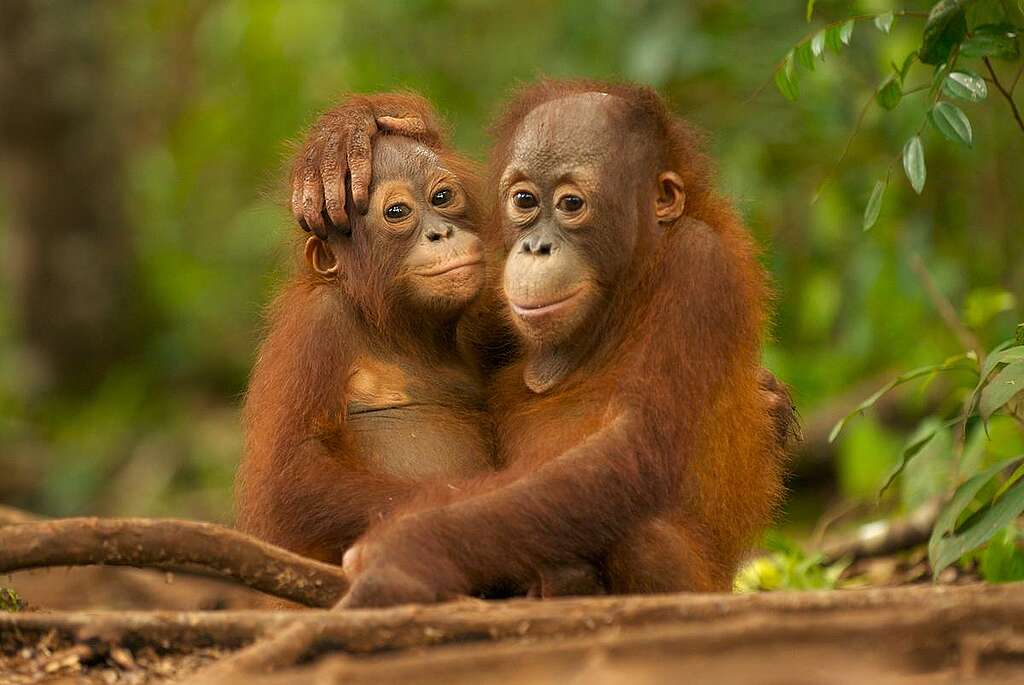
The Orangutan
Orangutans have the longest arms of any primate, reaching up to 2 metres and they have 32 teeth, just like humans. They are master tool users, employing sticks to extract insects and leaves to handle prickly fruits. These great apes spend most of their lives in trees and building nests each night. They have a slow birth rate, with females giving birth only once every 7-9 years, nurturing their young for up to 8 years. Due to habitat loss and human-animal conflict, Orangutans are critically endangered.
The Sumatran Tiger
Sumatran tigers, the smallest tiger subspecies, have unique narrow stripes that help them blend into their dense forest habitat. Unlike most cats, they love water and are excellent swimmers, with partially webbed toes to help them navigate rivers and swamps. These tigers are also incredible leapers, able to jump up to 10 meters in a single bound. They communicate with a range of vocalizations, including a “chuffing” noise that signals contentment. With fewer than 600 individuals left, they are critically endangered due to habitat loss and poaching
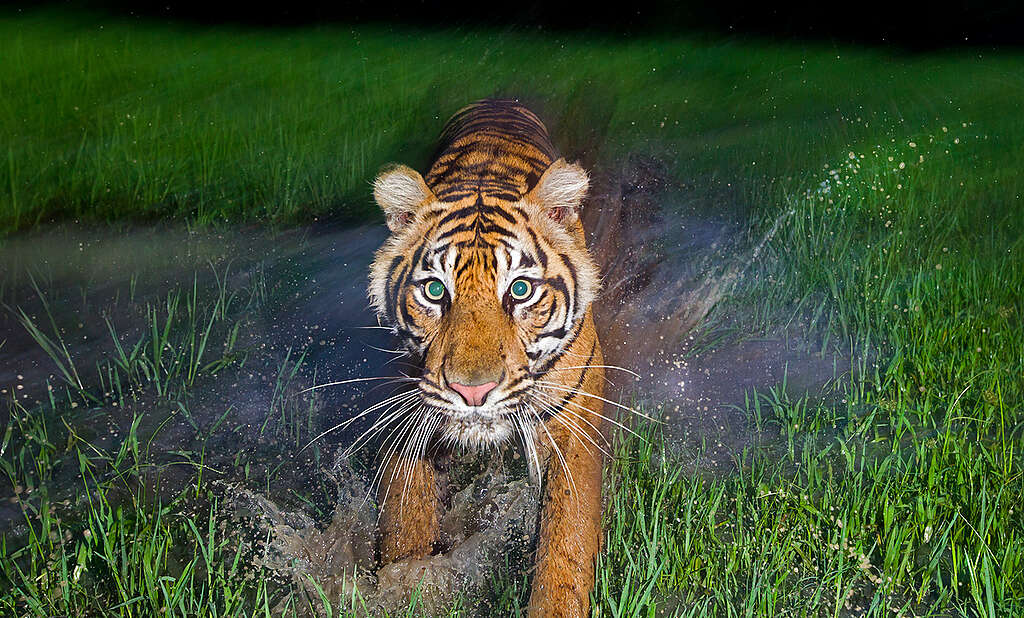
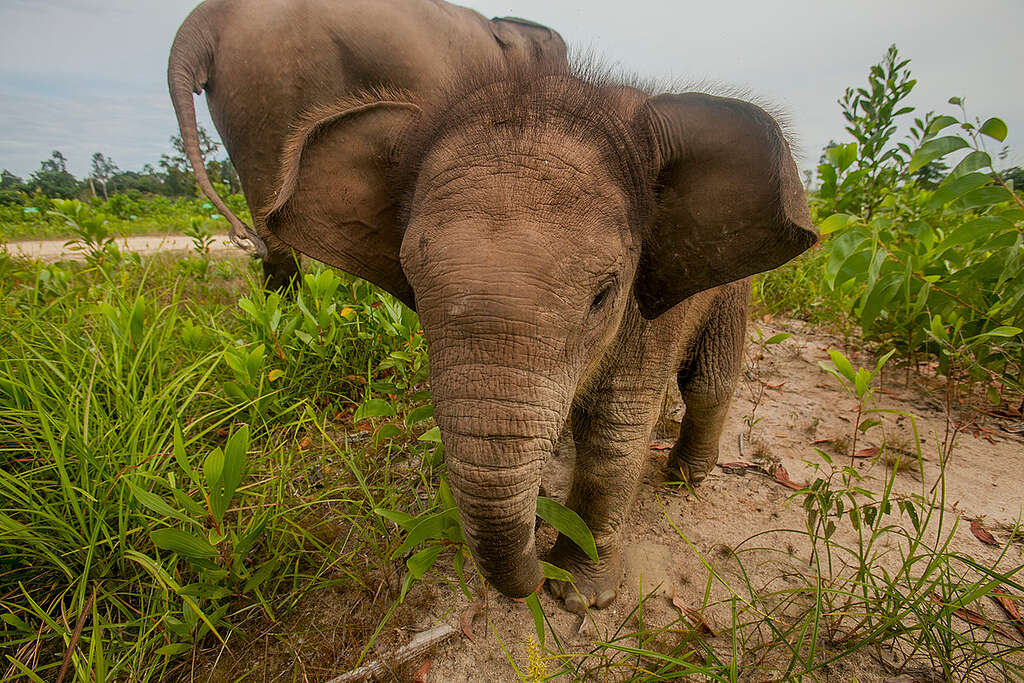
The Sumatran Elephant
Sumatran elephants are the smallest subspecies of Asian elephants, native to Sumatra, Indonesia. They are known for their social behavior, living in matriarchal herds of 20-35 individuals. These elephants communicate using low-frequency sounds that we can’t hear but they can hear from up to 5 kilometers away. They play a vital ecological role by dispersing seeds through their dung, helping regenerate plant life. Consuming up to 150 kg of vegetation daily, they are essential for forest health. However, they are critically endangered with less than 2000 individuals left in the wild due to habitat loss from deforestation and human conflict
Birds of Paradise
Birds of Paradise are renowned for their vibrant plumage and elaborate courtship displays. There are over 40 species, each exhibiting unique colors and intricate feather patterns. Males perform complex dances and use their vivid feathers to attract females, often creating elaborate display areas. These birds have a varied diet, including fruits, nectar, insects, and small vertebrates. They play a vital role in seed dispersal, contributing to the health of their rainforest ecosystem.
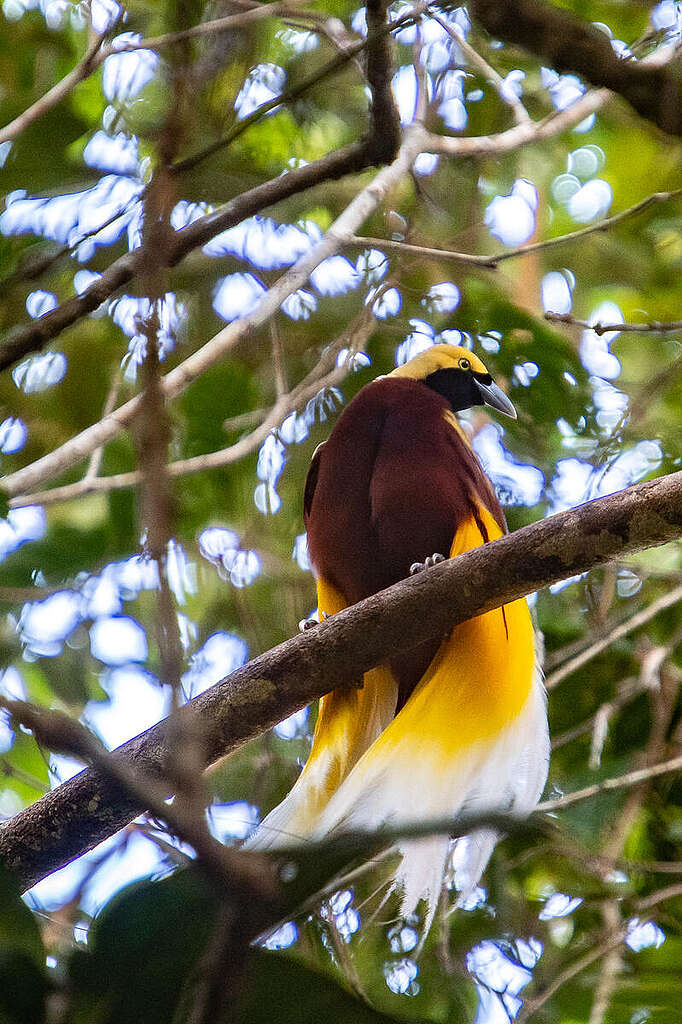
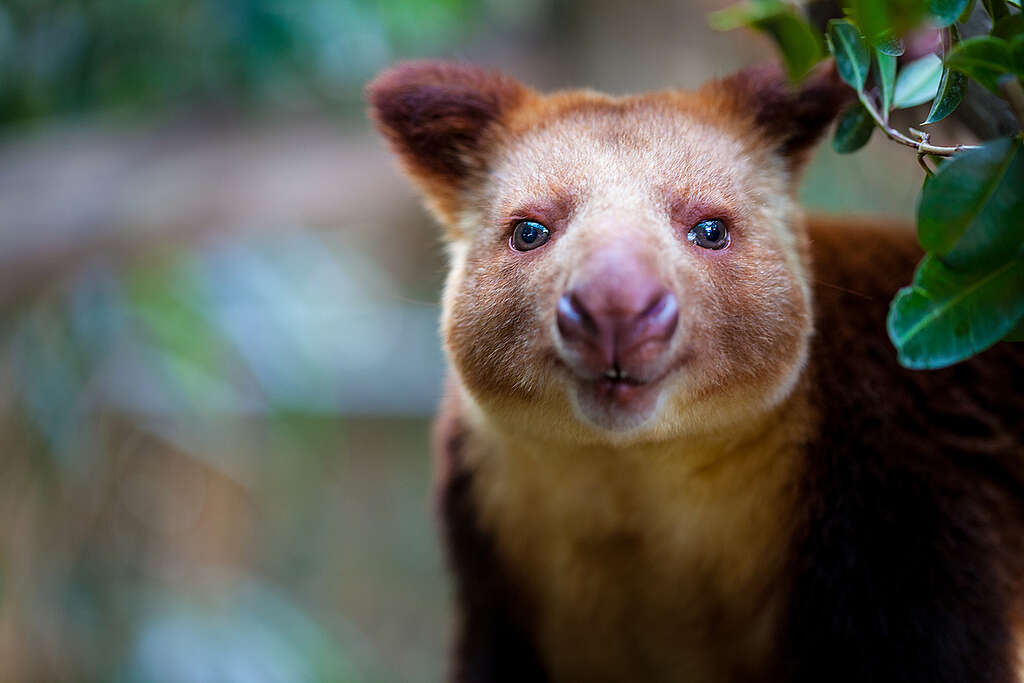
Tree Kangaroo
Tree kangaroos are unique marsupials adapted for life in the trees. Unlike their land bound relatives, they have strong forelimbs, long tails for balance, and sponge-like pads on their feet to grip tree branches. They can leap up to 30 feet between trees and descend from heights of 60 feet without injury. Despite their agility in the trees, they are slow and clumsy on the ground. Tree kangaroos spend about 60% of their time sleeping on tree branches and cool themselves by licking their forearms. Every species of tree kangaroo is considered to be vulnerable, endangered, or critically endangered.
Sumatran rhinos
The Sumatran rhino, the smallest and hairiest of all rhinos. With a gestation period of 16 months it is now critically endangered with fewer than 50 individuals left. Mostly found in the dense forests of Sumatra, these solitary creatures have two horns and are known for their wallowing in mud baths, which help keep them cool and parasite-free. Closely related to extinct woolly rhinos, they have a fondness for fruits like mangos and figs. Conservation efforts are crucial as habitat loss and poaching continue to threaten their survival
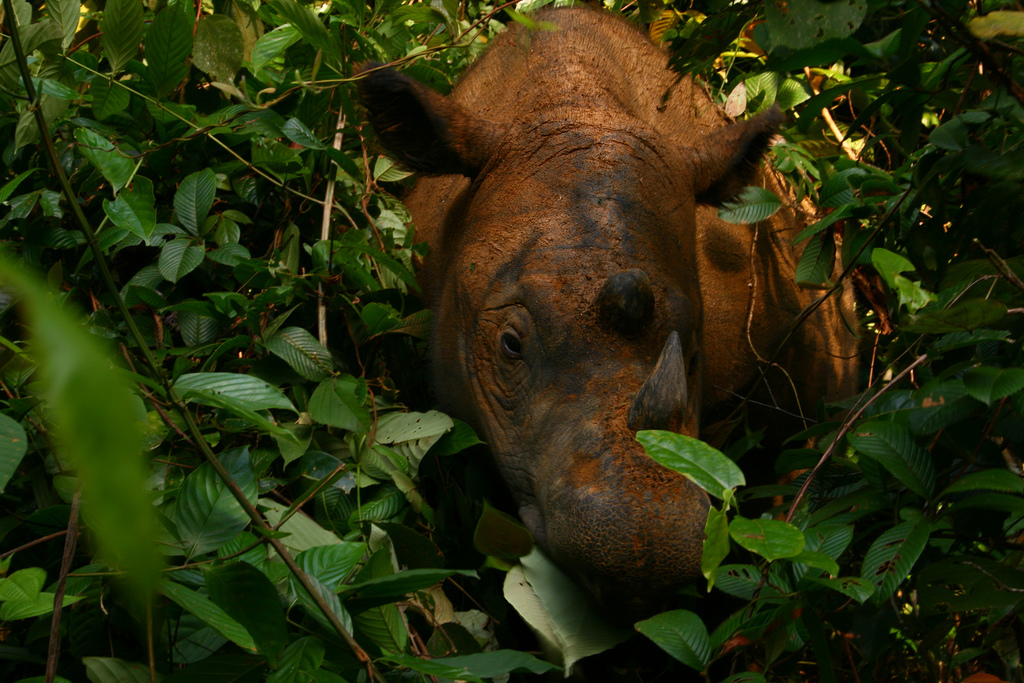
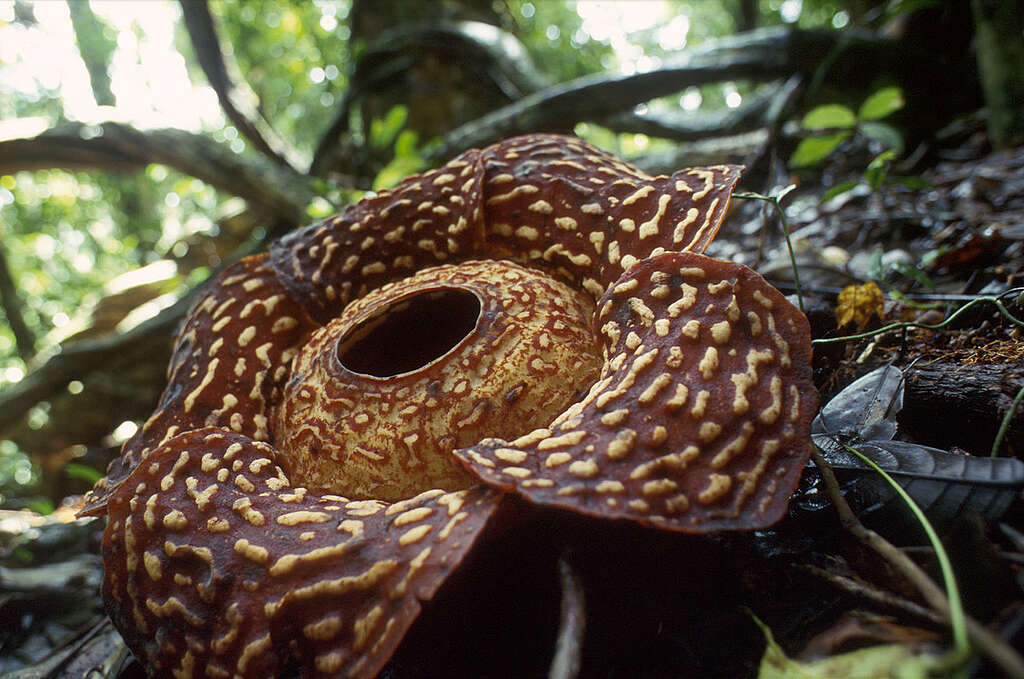
And a plant – Rafflesia arnoldii
Rafflesia arnoldii, also known as the “corpse flower,” produces the largest individual flower on Earth, reaching up to three feet in diameter and weighing up to 20 pounds. This parasitic plant has no roots, stems, or leaves and relies entirely on a host vine, the Tetrastigma, for nutrients. The flower emits a strong odor of rotting meat to attract carrion flies for pollination. Remarkably, it takes about 21 months for the bud to develop and bloom, but the flower only lasts for 5-7 days before it begins to decompose
The dangers to Indonesia’s wildlife
Indonesia’s rich biodiversity is a treasure worth protecting. Home to 15% of the world’s known species, it faces threats from deforestation driven by illegal logging, palm oil, and pulp plantations. These industries destroy habitats, increasing human-wildlife conflict and pushing species like the Sumatran tiger, orangutans, and elephants to the brink of extinction. By pushing for stricter enforcement of forest protection laws, we can help preserve these critical habitats. Together, we can create a safer environment for Indonesia’s wildlife and ensure these magnificent creatures thrive for future generations.
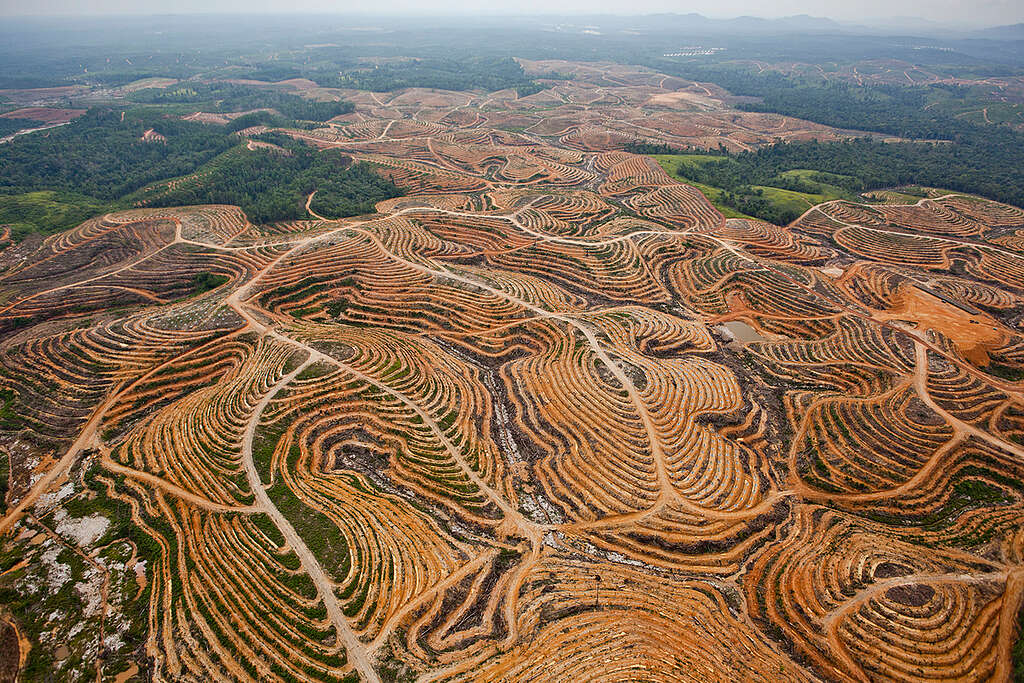
How Greenpeace is working to conserve Indonesia’s wildlife
Greenpeace is actively pushing for stronger forest protection laws and holding corporations accountable for their role in deforestation. We focus on exposing illegal logging and land-use practices, pressuring brands and companies to adopt sustainable sourcing policies, and supporting local communities in conservation and land rights efforts. We must create a balance where both wildlife and human communities can thrive without conflict
Take action to save wildlife
-
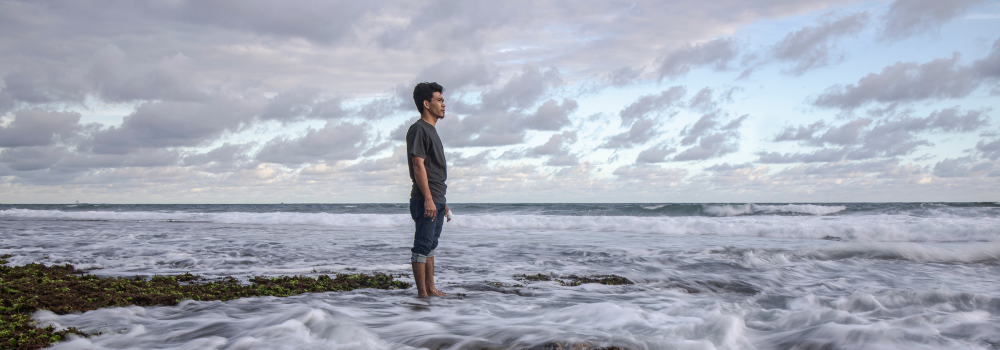
Surat Dukungan Global: Solidaritas Bersama Para Nelayan
Tidaklah mudah bagi seseorang untuk menghadapi perusahaan besar yang memiliki sumber daya dan pengaruh kuat seperti Bumble Bee–sebuah perusahaan tuna kaleng asal Amerika Serikat bernilai jutaan dolar. Namun demikian, sekelompok nelayan migran Indonesia sedang melakukannya. Surat ini akan disampaikan kepada tim kuasa hukum para penggugat sebagai simbol dukungan dan solidaritas. Kami, individu dan organisasi yang…
-

全球連署:一起捍衛漁工人權
全球連署:一起捍衛漁工人權 「以己之力,對抗資源雄厚的大企業」,從來不是一件容易的事情,但這群印尼漁工做到了。他們勇敢站出來,向美國前三大鮪魚罐頭品牌大黃蜂(Bumble Bee)爭取自己的權益。此封連署信將會交給他們的法律團隊,並分享給漁工們,以表達您的支持與聲援。 我們在此向那些對大黃蜂提起人口販運訴訟的漁工們表達聲援。根據訴狀,提告漁工們表示,他們在供貨給大黃蜂的漁船上捕撈鮪魚時,曾遭遇包含肢體暴力、精神虐待、未受治療且危及生命或導致殘障的傷害、抵債勞務、超時工作、扣發薪資,以及對其家人進行財務威脅等情況。 漁業是地球上最危險也最孤立的工作場所之一,全球估計有超過 128,000 名漁工處於強迫勞動的工作環境中。為了供應市值高達 3,500 億美元的全球海鮮產業,過度捕撈與破壞性漁法正加速掏空我們的海洋資源。這兩個相互交織的問題,不只讓海洋生態陷入惡性循環,也剝削漁業勞工的權益,並對全球沿海社區造成嚴重衝擊。 在此,我們同聲譴責並呼籲: 為此我們與漁工們站在一起 在此簽名 工會: 非營利組織: 企業: 個人: 請參閱此處
-

Solidarity with Fishers
It is never easy for individuals to go up against large, well-resourced, and influential corporations like Bumble Bee, but a group of Indonesian fishermen are. This letter will be delivered to their legal team with a request to share it with them as a symbol of support and solidarity. We, the undersigned individuals and organizations,…
-
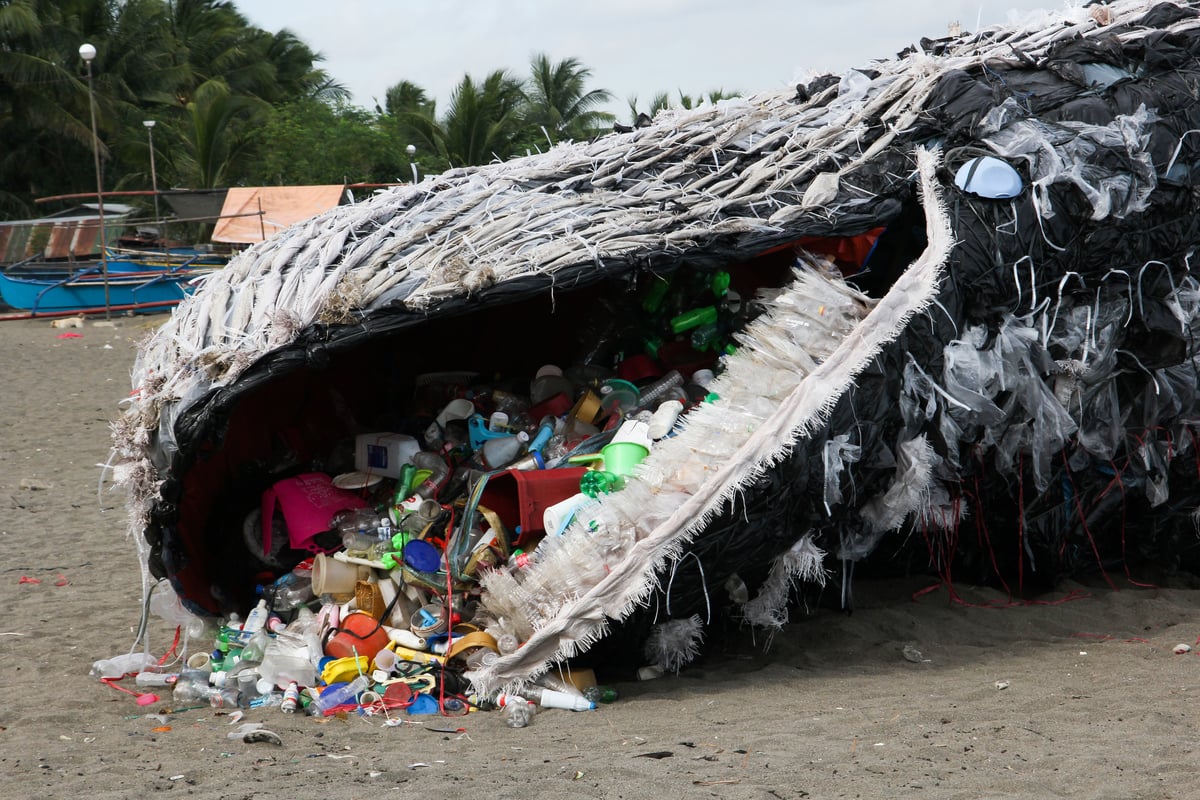
Let’s end the age of plastic!
Ask world leaders to support a strong global plastic treaty that addresses the whole life cycle of plastic.
-

Make polluters pay
Let’s stand with Filipino communities calling for an end to fossil fuels and payment for climate damages.
-

Do you know where your seafood comes from?
Hey Jerry Chou – it’s time to do your part to protect fisheries workers and our oceans.
-
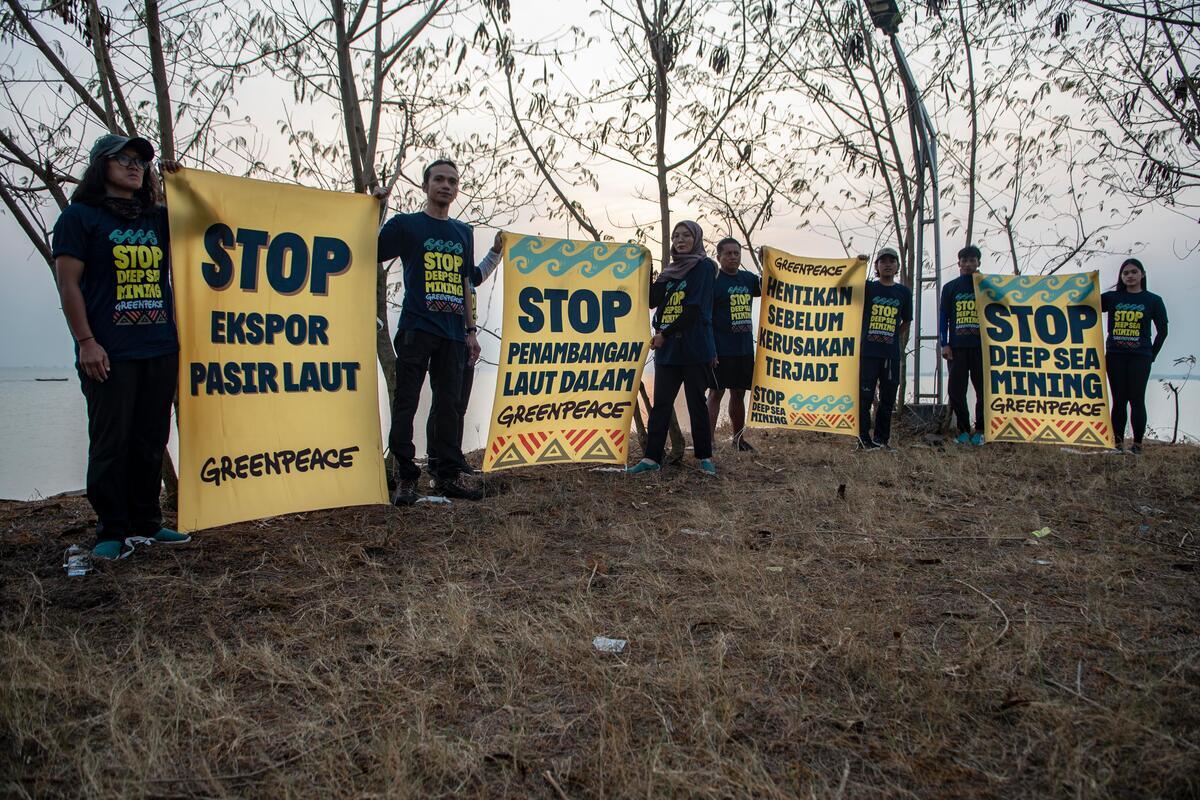
Stop Deep Sea Mining
We need a global moratorium to stop the launch of this destructive new extractive industry. Join the Campaign now.
-
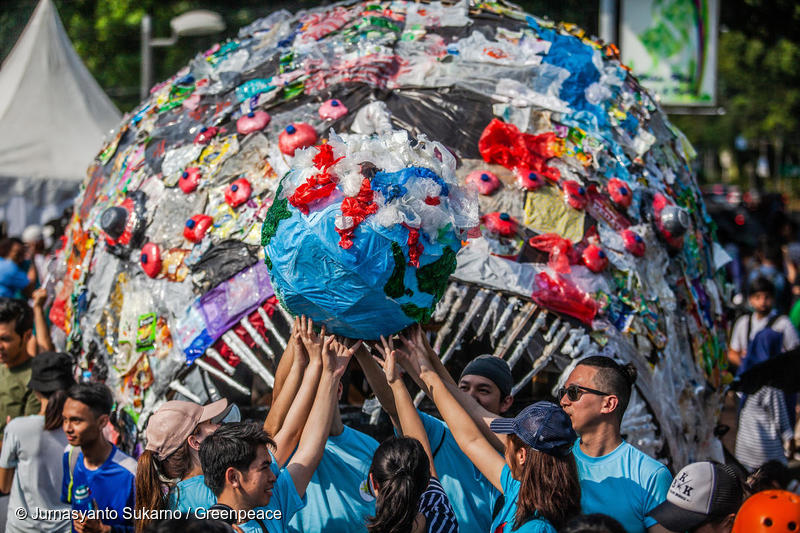
Stop plastic pollution!
Ask world leaders to support a strong global plastic treaty that addresses the whole life cycle of plastic.
-

Protect the Oceans
The threats facing our oceans are getting more urgent, find out how you can make a difference
-
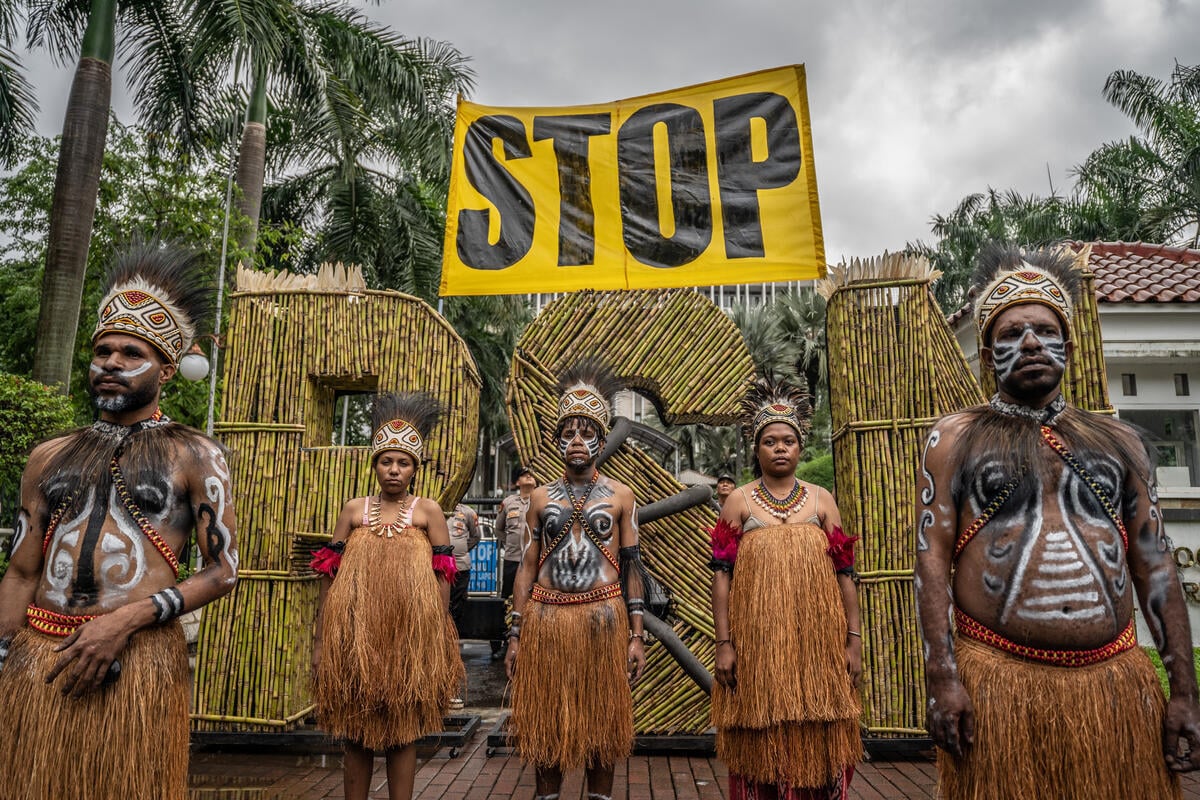
West Papuan Protest Against Merauke Sugarcane Nat. Strategic Project
West Papuan youth and impacted landowners portrayed the struggle of Indigenous Peoples whose ancestral lands are being seized for the Merauke Sugarcane National Strategic Project.
-

Why fossil gas is a bad deal for Southeast Asia
Fossil gas is often described as a cleaner and safer option for our region. But when you look closely at the evidence.

